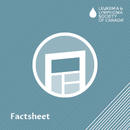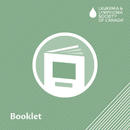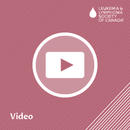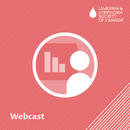You are not alone!
What happens next?
Telling others you have non-Hodgkin lymphoma
Talking to family and friends
Telling your children
Speaking with your employer
Taking charge of your care
Preparing for appointments
Understanding lab results
Asking for a second opinion
Managing your new reality
Coping with fear, anxiety and stress
Taking care of your body
Managing fatigue and cognitive challenges
Understanding insurance and organizing finances
Experiences of others
Resources on non-Hodgkin lymphoma
Read
Non-Hodgkin Lymphoma
Understanding and managing non-Hodgkin lymphoma (NHL)
Immunotherapy
Blood and Marrow Stem Cell Transplant
Understanding clinical trials
Minimal Residual Disease
Watch & Wait (active surveillance)
Understanding Genetics
Molecular Profiling for cancer
Shared Decision Making: Discussion tool for people with a blood cancer
Watch
CAR T-cell Therapy Video
Treatment options for diffuse large B-cell lymphoma (DLBCL)
Progress in understanding and treating non-Hodgkin lymphoma (NHL)
Understanding Diffuse Large B-Cell Lymphoma (DLBCL)
All resources
Subtypes
Diffuse large B-cell lymphoma - More information available
Follicular lymphoma - More information available
Mucosa-associated lymphatic tissue (MALT) lymphoma - Factsheet available
Small cell lymphocytic lymphoma
Mantle cell lymphoma - More information available
Mediastinal (thymic) large B-cell lymphoma
Lymphomatoid granulomatosis
Lymphoplasmacytic lymphoma
Burkitt lymphoma & burkitt leukemia
Nodal marginal zone B-cell lymphoma
Splenic marginal zone lymphoma
Intravascular large B-cell lymphoma
Primary effusion lymphoma
Peripheral T-cell lymphoma - More information available
Anaplastic large cell lymphoma
Angioimmunoblastic T-cell lymphoma
NK-cell lymphoma (ENKL)
Hepatosplenic lymphoma
Cutaneous T-cell lymphoma - More information available

















